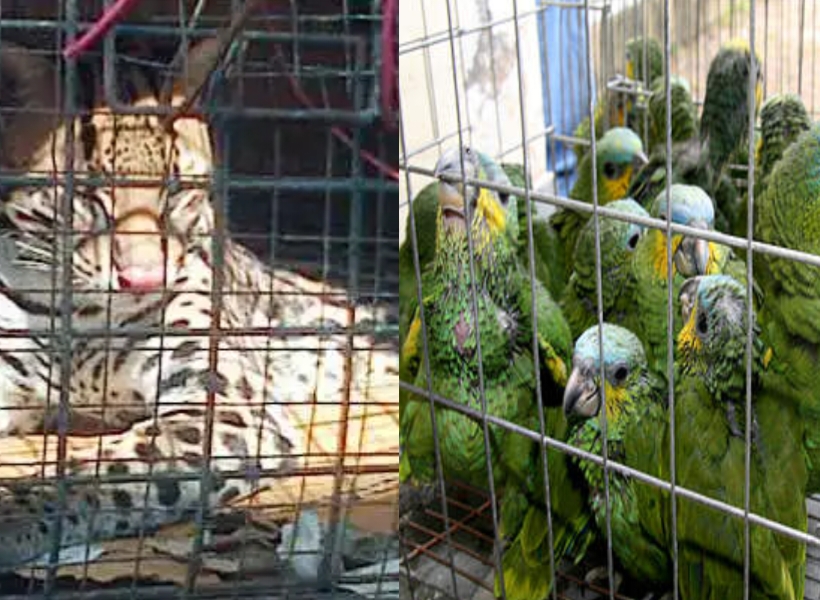Since the passage of the Wildlife Conservation and Management Act in 2016, not a single person has been prosecuted for the illegal trading of various species of birds, snakes, iguanas, and other wild animals. This troubling finding was outlined in Guyana’s most recent National Risk Assessment (NRA) for money laundering report.
That document was drafted by a working group consisting of over 70 stakeholders with oversight from the Attorney General and Minister of Legal Affairs, Anil Nandlall. The report was released last November and outlines a number of areas that are high risk for money laundering. Though not at the top of the list of high-risk areas, the illegal wildlife trade is a cause for concern for several reasons.
The underground network is so deep that no one knows how much the country is losing. The imagination is therefore open to run wild. An examination of the value of the legal wildlife trade does provide a helpful yardstick on how valuable the industry is. The Wildlife Commission’s data on international wildlife trade show that in 2016 it collected GY$54,346,001, in 2017 GY$43,530,416, in 2018 GY$73,800,065 and in 2019 GY$49,725, 869. This brings the total for the four years to well over $220M. No figures are available for local trade since there was no monitoring system for same during that time.
Guyana’s second NRA Report notes that the money laundering risk associated with the illegal wildlife trade is medium. The document also states that Guyana is equipped with the necessary legal framework to crack down on illegal trading but it remains improperly enforced. The Act provides for several offences including unlawful trade, unlawful possession and making false or misleading statements.
Looking at the figures for legal wildlife trade and knowing the profitability of animals being sold on the black market, the report states that it is incumbent on Guyana to strengthen its illegal wildlife trade regime.
Guyana Standard understands that the Wildlife Commission has commenced putting systems in place to combat this criminal activity. Such systems include the designing of a monitoring system that covers all activities and all links in the chain of custody for the wildlife trade, both domestic and international.
Wildlife licences, wildlife transport permit, checkpoints to inspect the specimen being transported, registers at final destinations (last location for the specimen) are all systems also in place.













